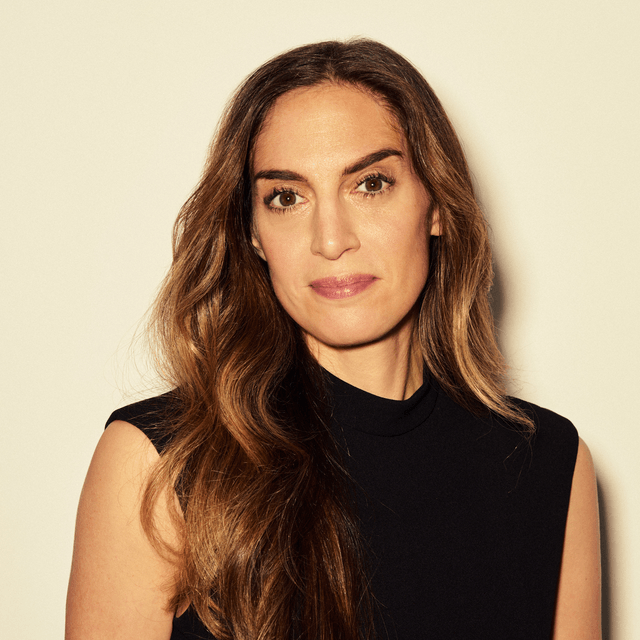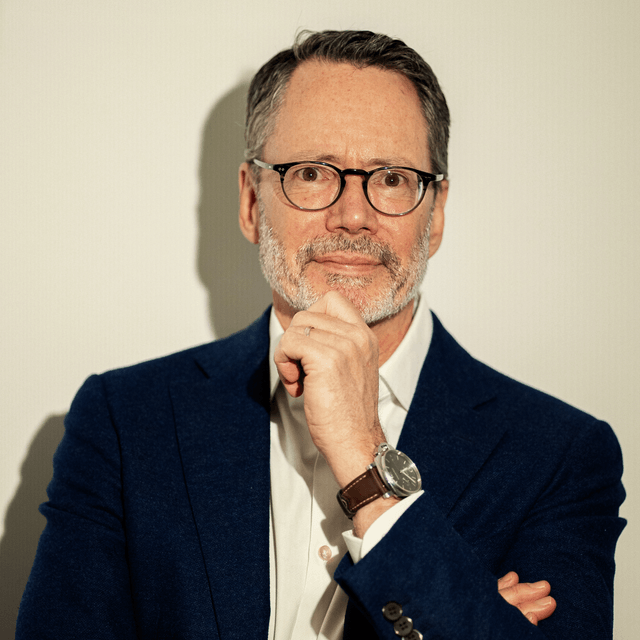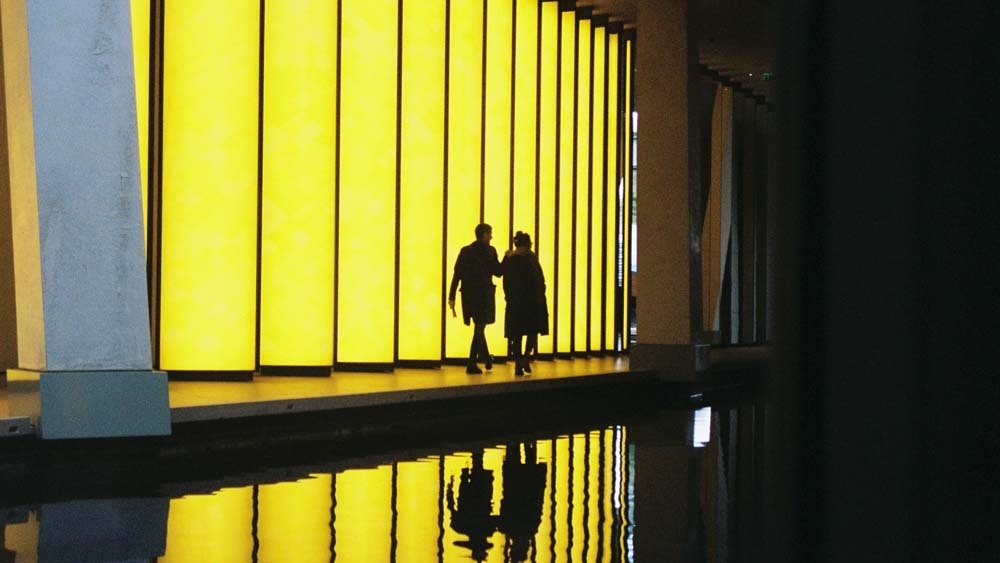by Corey duBrowa, Global CEO, Burson
What did our founder and namesake Harold Burson mean with those words? My belief is that he meant reputation: The wide boulevards were meant to build and promote Rome’s global renown.
It’s what he did at his fledgling firm, Harold Burson Public Relations, beginning in 1946, and later at Burson-Marsteller, starting in 1953. And it’s what we do at Burson today, using modern means to achieve the same end: Build, promote and protect our clients’ reputations for competitive advantage in an ever-changing marketplace.
Initially, Harold built reputation through good old-fashioned publicity, securing coverage for his initial industrial clients in publications like Time, Reader’s Digest and LIFE, enhancing their reputations among the audiences most important to them.
He also worked to build reputation by doing something Harold arguably did better than just about anybody: Speak truth to power. My favorite anecdote is the New Coke crisis, when sales plummeted after Coca-Cola adjusted its recipe to compete with Pepsi. His counsel to Coke’s CEO and the board was clear: “We have to be very apologetic. We have to beg for forgiveness. We have to be humble.” And then he took it a step further: “We gotta eat shit." That counsel earned him a round of applause. And it worked to restore the company’s reputation by returning the original beverage – to be called Coca-Cola Classic – to store shelves.
This anecdote elegantly articulates what Harold thought was our industry’s most important function: To provide counsel to organizations. He felt our purpose was to advise clients on behavior, and then help them communicate about that behavior. Ergo, build reputation.
Harold did much of this work by using sound thinking built up over decades of personal relationships with CEOs, lived experience and sometimes just good old common sense. Yet he was also an early advocate for and strong believer in research, particularly to understand an audience’s mindset relative to a client’s objectives. Today, businesses have mountains of information available to them across all aspects of their business and every stakeholder group but struggle to extract real insight or value from that data. Today’s Burson uses cognitive and generative artificial intelligence to uncover insights from that data that help us to not only advise clients on how they should act and best communicate about action, but to also predict with clarity and precision the potential reputational impact from action, or inaction.
That’s the science. Then there’s the art. Sound strategic thinking informed by data-driven insights must be paired with cut-through creativity. Our clients’ behavior and their stories must illuminate, illustrate, delight, excite and validate. This is true during a crisis, a consumer product launch, an IPO, a leadership change or other periods of great transformation. And it’s true for consumer packaged goods companies, technology brands, financial services organizations, athletic wear manufacturers, pharmaceutical companies or automobile manufacturers. And every other business in between. Behavior based on strong foundational values, informed by data-driven insights, and articulated creatively and consistently, drives support and loyalty over time. This is how reputational capital is built and maintained. This is what we are here to do and is the hallmark of public relations as its founders intended – Harold chief among them.
Harold once said of Burson-Marsteller, “As the world changes, we will change with it. The only constant is our dedication to excellence in thought and deed.” So yes, we are standing on the shoulders of an industry trailblazer, the man whom a 1999 PRWeek survey deemed the “century’s most influential PR figure,” carrying on the tradition he championed but using modern tools designed for modern times, all the while remaining steadfast in our commitment to excellence and truth.
This is our defining moment (to borrow one of Harold’s favorite phrases), and I couldn’t be prouder to have the privilege to lead us from this storied past into a future only limited by the boundaries of our imaginations. To all of our Burson Persons around the world, I have just two words: Let’s go.
You might also like
Explore all
Randa Stephan Appointed Global Chief Corporate Strategy Officer at Burson

Edelman and Golin Veteran Jonathan Hughes to Join Burson as Chief Executive Officer, EMEA

Matt Reid Appointed U.S. Chief Executive Officer of Strategic Communications and Financial Markets Advisory Firm Burson Buchanan

